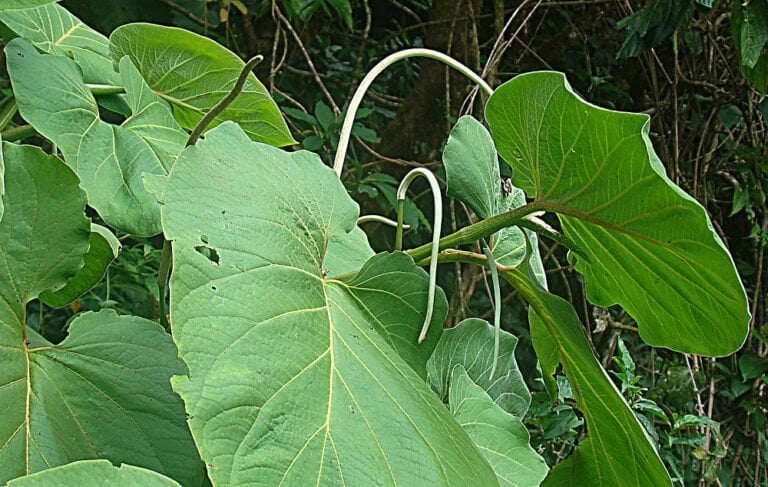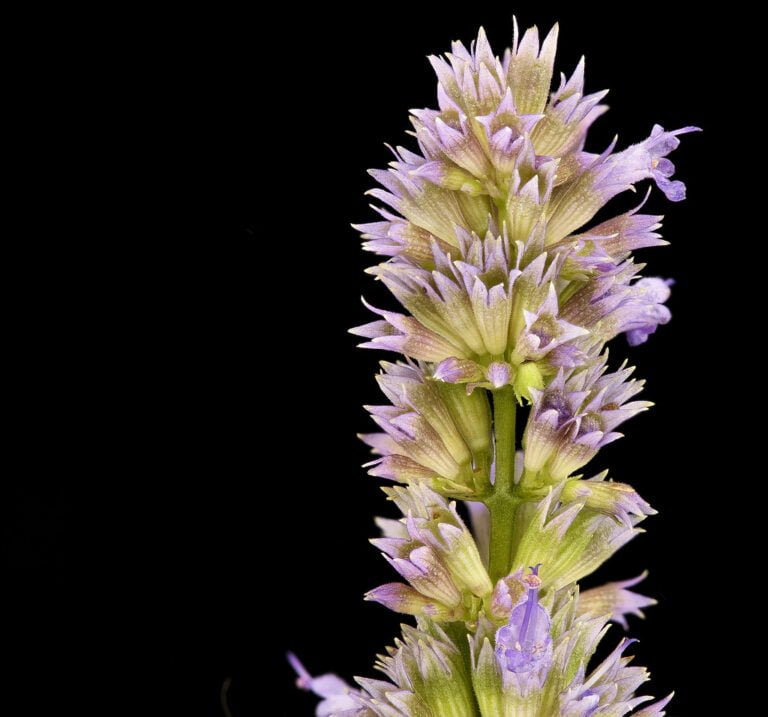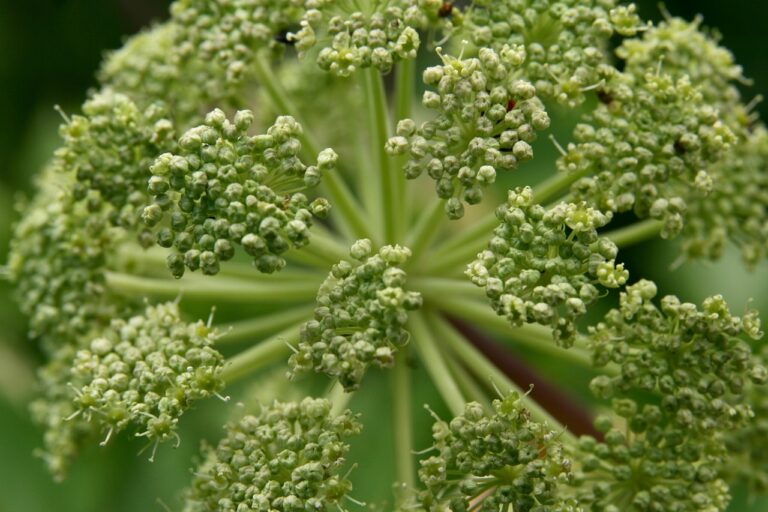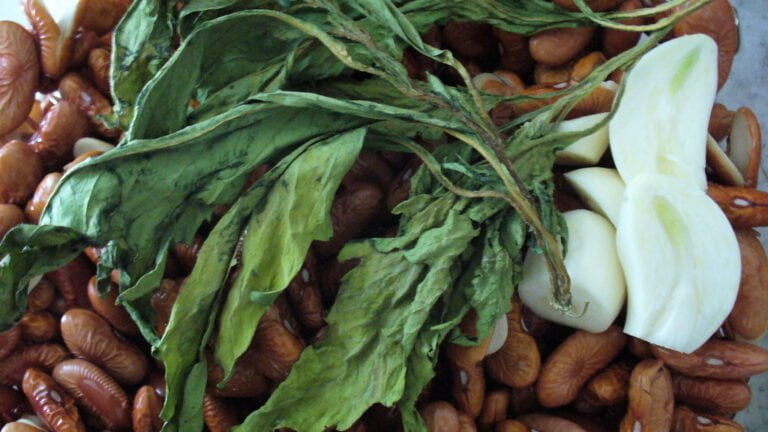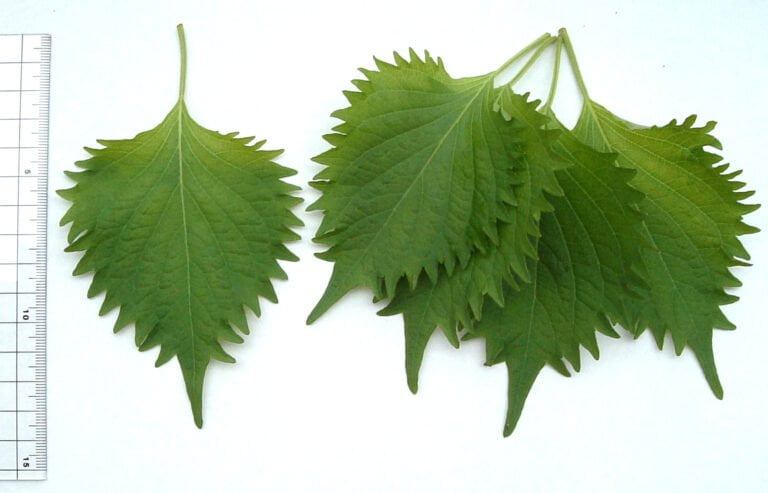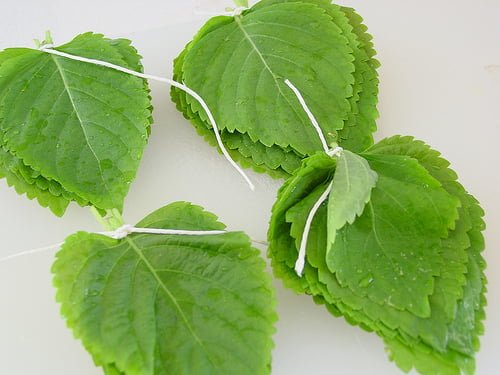Rosemary
Belonging to the Salvia genus, Rosemary thrives in sunlight and well-drained soil. Rosemary’s leaves, rich in rosmarinic acid, provide flavor in cuisines and boast medicinal benefits. Propagate Rosemary through cuttings for best results. With various resilient varieties, Rosemary is a drought-tolerant beauty. It’s essential oil aids cognition and inflammation, offering wellness benefits. Want to uncover more about Rosemary’s adaptability and history with ancient civilizations?
Taxonomy
What distinguishes the taxonomy of rosemary within the Salvia genus? Rosemary, scientifically known as Salvia rosmarinus, has found its place within the Salvia genus, a group that includes a limited number of species. Among these is Salvia jordanii, a closely related species primarily found in the Iberian Peninsula. The renowned botanist Carl Linnaeus was responsible for assigning the names within the Salvia genus, giving rise to the classification that now houses rosemary.
The name ‘rosemary’ itself holds significance, as it translates to ‘Sea-dew‘ in Latin, alluding to its origins in the Mediterranean region. This herb has a long and storied history, with roots tracing back to 5000 BCE. Throughout the ages, various ancient civilizations have utilized rosemary for both its medicinal properties and its culinary contributions.
From a botanical perspective, understanding the taxonomy of rosemary sheds light on its unique characteristics and relationship within the Salvia genus. This knowledge can also be instrumental in cultivating rosemary successfully, as it provides insights into the plant’s natural habitat and growth patterns. By delving into the taxonomy of rosemary, we gain a deeper appreciation for this versatile herb and its place in the botanical world.
History
Within the historical tapestry of rosemary’s journey, its significance transcends borders and time, intertwining with the practices of ancient civilizations and enduring as a symbol of remembrance. Originally known as ‘Sea-dew‘ due to its Latin translation, rosemary has a rich history dating back to 5000 BCE. Used by ancient Egyptians, Greeks, and Romans, it held a variety of purposes, from embalming to culinary applications. The Mediterranean origins of rosemary saw it spread to China by 220 CE and gain popularity in England from the 8th century onwards.
Rosemary, now part of the Salvia genus, has remained a steadfast symbol of remembrance in war commemorations and funerals. Its antioxidant properties and antimicrobial effects have added to its allure throughout the centuries. The resilience of rosemary in history showcases its adaptability and enduring appeal. From its ancient roots to its modern-day culinary and medicinal uses, rosemary stands as a demonstration to the interconnectedness of botanical knowledge and human civilization. Through the ages, this herb has woven itself into the fabric of various cultures, leaving a fragrant trail of remembrance and reverence.
Usage
With its adaptable nature and fragrant allure, rosemary finds extensive usage in the fragrance industry, cosmetics, and as a decorative plant. The rosemary plant’s leaves are widely used for their flavoring properties in culinary applications, adding a distinct taste to dishes. Beyond its culinary uses, rosemary has a long history of medicinal properties, with its leaves utilized in various remedies for their therapeutic benefits.
In the fragrance industry, rosemary’s fresh and invigorating scent makes it a popular choice for perfumes, soaps, and lotions. Its phytochemical composition, which includes compounds like rosmarinic acid and camphor, is also valued in cosmetics for its antioxidant properties. Additionally, rosemary extract is approved as an antioxidant preservative in food products, highlighting its versatility and importance in different industries.
Moreover, rosemary’s ornamental appeal makes it a sought-after plant for gardens. Its drought-tolerant nature, resistance to pests, and ability to maintain its attractiveness make it a favorite among gardeners. Rosemary can be pruned into formal shapes, making it ideal for topiary, and it can be easily grown in pots, with some groundcover cultivars spreading widely to cover garden beds or slopes. The multifaceted uses of rosemary showcase its significance not just as a culinary herb but also as a valuable resource with various applications.
Cultivation
Cultivating rosemary successfully necessitates providing the plant with adequate sunlight and well-drained soil to guarantee its optimal growth and development. Rosemary, a perennial evergreen shrub, thrives in bright light and requires soil that drains well to prevent root rot. When propagating rosemary, it is best to use cuttings rather than seeds, as germination rates are typically low. There are several varieties of rosemary available, including ‘Albus’ (White-flowered), ‘Arp’, ‘Collingwood Ingram’ (Wood rosemary), ‘Creeping’, and ‘Lockwood de Forest’ (Trailing Rosemary), each with its unique characteristics.
To ensure the health of your rosemary plant, good care practices are essential. Regularly inspect the plant for diseases such as powdery mildew or root rot, and take prompt action if any issues are detected. Proper pruning helps maintain the shape of the plant and encourages new growth. Mulching around the base of the plant provides insulation during the winter months, protecting the roots from frost damage.
Health Benefits
Examining rosemary plants regularly for signs of diseases and pests is crucial to maintaining their health and maximizing their potential benefits for overall well-being. Rosemary, known for its fragrant foliage and culinary uses, also offers a wide range of health benefits. The rosemary essential oil extracted from its leaves contains antioxidants and anti-inflammatory properties that contribute to improved cognitive performance and overall well-being.
Studies indicate that the medicinal effects of rosemary extend to neuroprotection and inflammation modulation. Its neuroprotective qualities may help prevent brain aging and certain cancers, while also promoting eye health. When used in appropriate doses, rosemary can support immune function and aid in digestion. However, caution is necessary as high doses can lead to serious side effects such as vomiting, spasms, and even coma.
It is important to note that rosemary can interact with certain medications, affecting their efficacy and potentially causing adverse reactions. Despite the potential side effects, the therapeutic potential of rosemary in managing pain, addiction symptoms, stress, anxiety, and inflammatory disorders has been demonstrated in various clinical studies. Therefore, incorporating rosemary into your daily routine can potentially offer a variety of health benefits, from cognitive improvement to immune system support.

